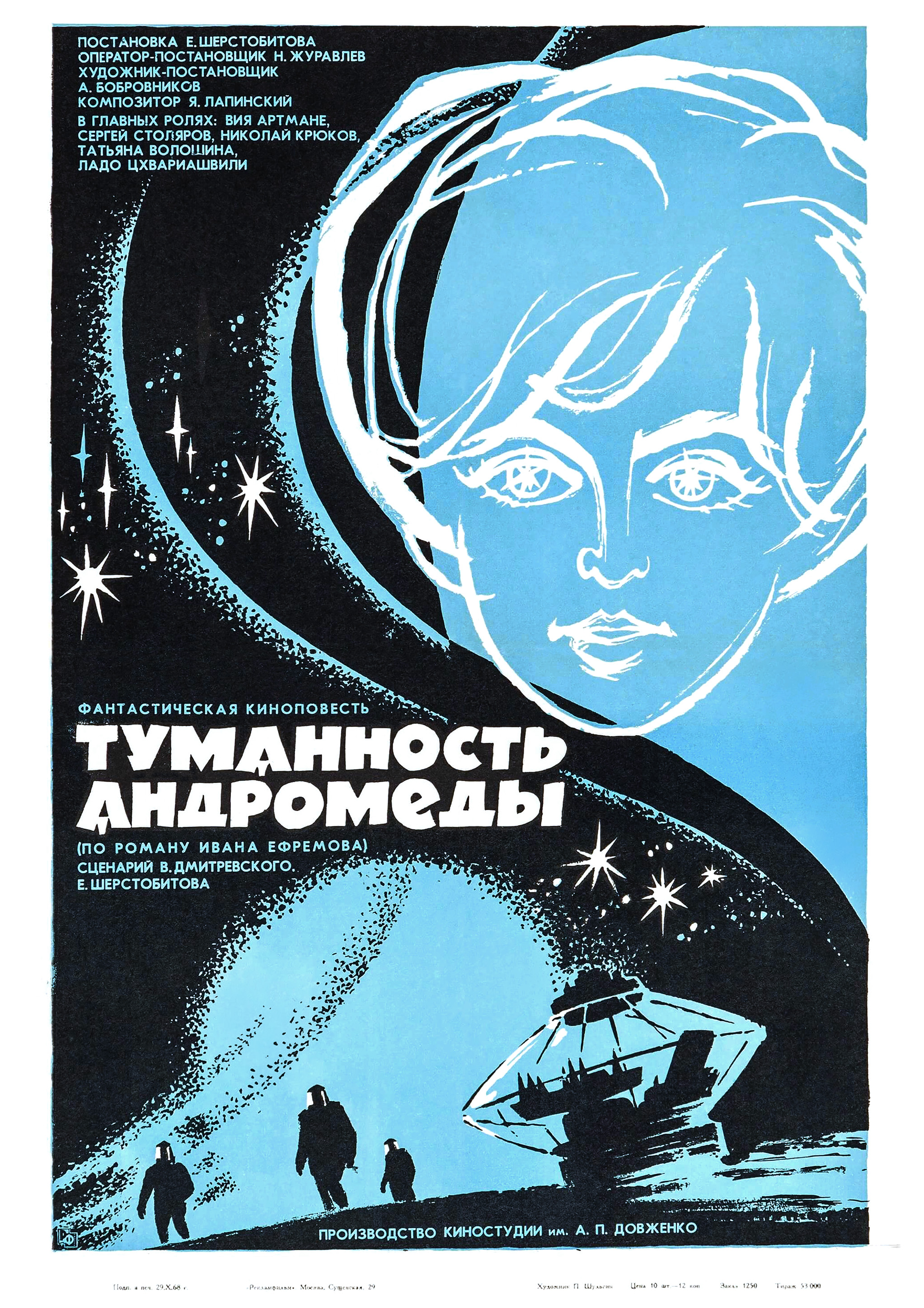About ¶
My name is Frederico Muñoz, and here is where I collect my writings.

A Portrait of the Artist as a...
I’m from Lisbon, Portugal, and I have an active interest and participation in several different areas. I mostly write about technology, and I’ve been personally and professionally involved in programming and technology since I got my first Sinclair ZX Spectrum 48k. I have been especially involved in the free software movement, and it was due to this involvement in the early 90s that I ended up making a career out of it.
What I get paid to do ¶
I’m currently Cloud & Architecture Lead for South West & East Europe at SAS, where I work around the areas of cloud computing, analytics, and data science, with a strong focus on solution design and architectural best-practices and governance.
Previously I spent a bit more than a decade at IBM, where I had multiple job roles, from leading solution design to Quantum computing and AI.
You can have a look at my CV, or visit my LinkedIn profile.
I keep some of my presentations at Speaker Deck.
What I do anyway ¶
Most of my personal projects seem unrelated with my professional life, and to a large extent they are, but they always give me something that ends up being useful - to a large extent, my entire career is a consequence of “wasting time” in things that later became major sources of recognition.
I’ve gathered most of my side projects in the Projects page, but these warrant a special mention here:
- Political affinities and distances through the analysis of voting records (Proximidades e distâncias: análise da actividade parlamentar [PT])
-
What if we could position political parties exclusively through the way they vote, and not because of pre-determined analysis of what they say about themselves? This is what led me to come out with an approach to calculate the political distance of parties based on their voting record, and present that information graphically.
Uses Jupyter, Pandas, scikit-learn, matplotlib, Seaborn, read more in the Project page.
- Visualising martial arts lineages through a community database (Budō Lineage Tree)
-
This one is at the intersection of my interests as a judoka (and, consequently, a budoka), and my programming background. I was looking for an excuse to brush up on JavaScript, and this was the perfect one: the history of martial arts is the history of those that have taught them, and the information on how different arts evolved, spread, and influenced each other is scattered and partial.
Built with JavaScript, Cytoscape.js, Bulma, Parcel.js, read more in the Project page.
Things I learned ¶
I have a BA in Archaeology, and I’m finshing the Masters. This has greatly influenced me throughout my life in IT in subtle, but important ways, and while I never ended up working in the field, it’s something I keep myself up-to-date on and than keenly interests me. My focus areas while at the University of Lisbon where mostly around the Bronze Age, Pre-Roman Iberia, and the Calcolithic period. Some of my coursework was at this intersection of humanities and technology where I live:
- Analysing arrowheads sizes and distribution, using R and LaTeX.
- Using deep neural networks for identifying arrowhead types, using MXNet.
- Applications of GIS software, namely programmatic creation of repeatable documentation using R, and usage of satellite imagery, elevation maps, and archaeological data layers using QGIS
On the other side of the equation, I also have a background in Physics, even if far from being extensive enough for anything truly complex. Still, forcing myself to catch-up with all the important things that had been sidelined was as grueling as rewarding, and it opened up doors which I didn’t knew existed — and which I continue to explore at every opportunity. Taking up programming from a more formal perspective was very interesting, but the “hard math” disciplines were the challenging ones. Still, some of the coursework was very useful for my professional endeavours, namely the overview on Quantum computing which really helped me in my (at the time) roles as Quantum Ambassador for IBM.
This site ¶
During the years, I created several different blogs and websites, most long gone. The rise of “social networks” has an effect on the ways information was expected to be shared, often to the detriment of personal internet presences.
This site is my attempt to reclaim that personal space and make up for my past laziness. With that in mind, I am constantly updating this with posts from the past, aggregating here what I shared in different places.
The choice of technology is also purposeful. I have built a solution around GNU Texinfo to build the (static) site, which I feel is particularly useful in terms of focusing on content. The HTML produced by Texinfo sources has always had a very practical (and distinctive) look about them, and that focus on content was something I wanted to have, with (minimal) styling. The end result ends up following a Brutalist approach to web design, but that was initially unintended.
You can read more about all of it here.
What’s going on with the website title and the citation used? ¶

Cover of “Andromeda: a Space-Age Tale”
Efremov was a Soviet paleontologist that founded taphonomy, a concept that is also used in Archaeology. He was also a science-fiction writer, and “Andromeda: a Space-Age Tale” marked an important change in the literary treatment of science-fiction (especially in the change from the “near future” time scale to the “thousands of years into the future” one)., being very influential both within and outside the USSR – same say that «Star Wars» is partially inspired by it. I read it at a reasonably young age and it had a lasting impact, and I was very far away of knowing that I would read Efremov because of taphonomy. You can read it at the Internet Archive, if you’re curious.
I picked up the name interlayered from Archaeology (through Geology) as it reminded how Internet communication used to happen (and still does, although with significant changes): each page being a layer that is connected to others, something that was even more direct in the BBS/UUCP/FidoNet days. A transmission is a way for this inanimate repository of texts to reach others, focusing on the unidirectional nature of it, an antidote for the excessive concern for “amplification” and “engagement” that has become the norm in social networks.
Both these concepts reminded of Efremov and Andromeda, and I took the opportunity to reference a piece of my upbringing.
Copyright ¶
Prose content is CC BY-SA 4.0.
Code mentioned usually links to a file with the licence information.
Copyright © 2013-2023 Frederico Muñoz